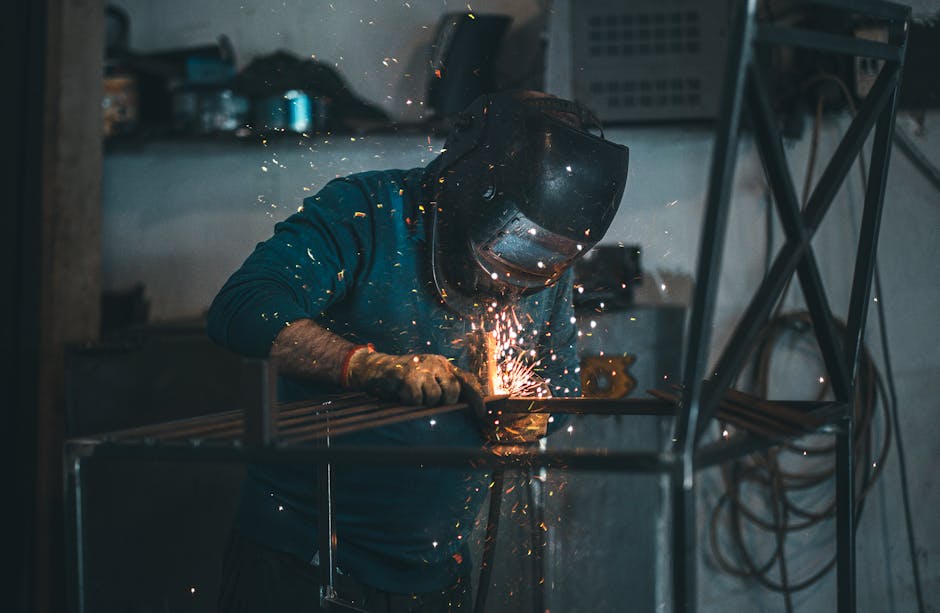 Photo from Pexels
Photo from Pexels
Originally Posted On: https://www.beaver.com.au/article/179/understanding-the-different-types-of-welding-gloves-and-their-uses
Understanding the Different Types of Welding Gloves and Their Uses
When it comes to welding, the right hand protection isn’t optional – it’s absolutely essential. Your hands are constantly exposed to some of the most hazardous elements in any worksite: extreme heat, flying sparks, molten metal, sharp edges, and abrasive materials. A high-quality pair of welding gloves isn’t just another tick on the PPE checklist – it’s a critical barrier that can prevent burns, cuts, and long-term injuries.
Welding gloves are designed specifically to meet the demands of different welding processes, offering various levels of heat resistance, dexterity, durability, and comfort. But not all welding gloves are created equal. Choosing the wrong type of glove can lead to reduced control, higher fatigue, and increased risk on the job.
Different welding methods – whether it’s the fine, detailed control of TIG, the all-round versatility of MIG, or the intense heat of Stick welding – require specific glove characteristics to keep welders protected and performing at their best. Selecting the right glove for the task isn’t just about safety; it also improves efficiency, grip, and confidence.
1. TIG Welding Gloves: Precision and Dexterity First
Tungsten Inert Gas (TIG) welding requires fine control and precise movements. That means dexterity is key. TIG gloves are typically made from soft, lightweight materials like goatskin or deerskin to offer greater touch sensitivity and flexibility. Ideal For: Low-heat applications and welders who need to handle small components with precision.
Key Features:
- Slim fit for improved finger movement
- Lightweight leather for sensitivity
- Less insulation, more control
2. MIG Welding Gloves: Balanced Protection and Comfort
Metal Inert Gas (MIG) welding produces more heat and spatter than TIG, so gloves for this application need to offer a balance of protection and comfort. MIG gloves are usually crafted from cowhide or pigskin, often with added lining for heat resistance. Ideal For: Medium to high-heat welding tasks where moderate flexibility is still required.
Key Features:
- Moderate insulation for heat protection
- Reinforced palms and fingers
- Longer cuffs for wrist and forearm coverage